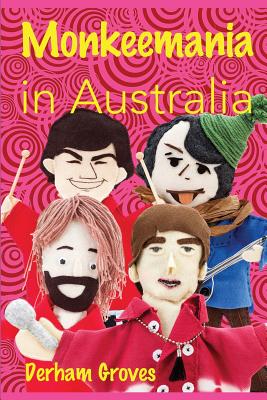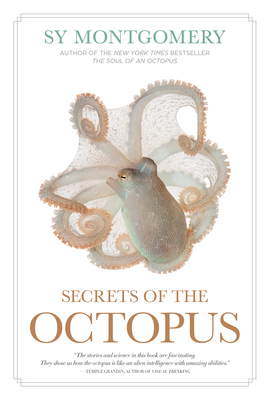
Monkeemania in Australia: Celebrating the 50th Anniversary of The Monkees' Australian Tour in 1968
Description
From the Foreword by Clinton Greenwood, Graduate Architect, Exhibitions Designer
Creativity is intelligence having funAlbert Einstein, German-born theoretical physicist who developed the theory of relativity
Originality is simply a fresh pair of eyes
Thomas W. Higginson, American Unitarian minister, author, abolitionist, and soldier
As an icon of popular culture, The Monkees certainly tick all the boxes Humour, action, unexpected twists and turns, along with the right combination of endearing personalities, fondly remembered for the trail of heart-throbbing girls left in their wake. Whilst a lot of fun, the apparent joyous spontaneity belies the careful orchestration of all aspects of production. Little wonder this memorable group of young kids from the 60s hasn't escaped Derham Groves' attention, nor is it surprising that the 50th anniversary of the band's first Australian tour in 1968 has been celebrated with his signature 'package of engagement' culminating in this significant publication. As The Monkees prepare for their 2019 Australian tour, Groves is contemplating retirement from three decades of teaching architecture at universities in Melbourne.
Groves is an extraordinary educator with the unlikely knack of merging popular culture, scorned by many as commonplace, with the arguably more esoteric dialogue of architectural theory. In engaging his audience, he also casts a broad net beyond the classroom to the community at large. Groves, the teacher, is also curator, constantly formulating narratives through surviving material fragments including magazines, photos, film clips, and general memorabilia.
For this most recent project, almost two hundred Masters students were asked to craft hand puppets as portraits of the four Monkees, as part of their research assignment. Groves explains "...it's one of my favourite exercises because it can liberate students from the conventions of architectural discourse which, far too often in my view, confuses good taste with good design". Architects constantly sketch and construct models to explore or clarify form in space (and space within form) whilst prompting the intellect to interrogate concepts and broader possibilities. ...]
believed portraiture to be central to his work stating: 'I love people. I'm painting portraits with my buildings all the time. Take this Arts Centre, now. It's a portrait of Melbourne of the time .... This is a rich, smug city. Pretty conservative ....'Expression within architecture has always been self-referential. For centuries, successive generations of architects have contributed to an ever-expanding dialogue through reimagining existing precedents. The Parthenon and Pantheon are but two of the icons underpinning much of the history of Western architecture. A building's DNA might be blatantly obvious, or more subtly discernible through layering of influences from several sources. Architecture's gene pool is continually enriched through theoretical constructs, often evolving from simple and common-place sources. The 19th-century architectural theorist Gottfried Semper foreshadowed the vision of the 20th-century skyscraper (characterised by its skeletal structural frame clad with non-load bearing 'curtain' walls) by hypothesizing the origin of architecture within the structure of the traditional Polynesian hut; a dwelling deemed as befitting the 18th-century humanist ideal of the uncorrupted noble savage. Whilst architectural theory frequently evolves from simple sources to more complex constructs, repetitive application does tend to lead to the consolidation of a succinct style.


